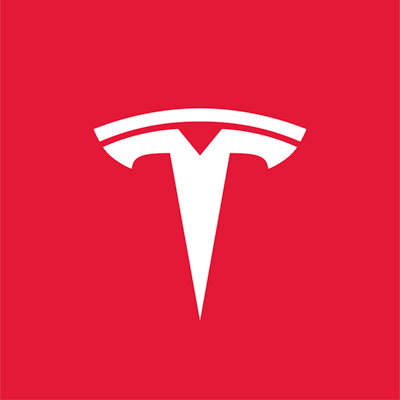I wouldn’t, but I’m not in scope for this, so that’s an easy call.
Tesla owners may soon be able to earn money by letting their vehicles operate as self-driving robotaxis, CEO Elon Musk announced this week.
During Tesla’s second-quarter earnings call Wednesday, Musk said the company plans to open its autonomous ride-hailing network to privately owned Teslas as early as 2026 in the U.S., while being conscious about security and safety.
“I’d say confidently next year,” Musk said. “I’m not sure when next year, but confidently next year, people would be able to add or subtract their car to the Tesla fleet.”
The move would allow owners to add their cars to the fleet during idle hours, turning their personal vehicles into income-generating assets.
“It will be a very big deal when people can release their car to the fleet and have it earn money for them,” Musk said. “It’s just like if you have an Airbnb and you can rent out your home when you’re not there.”
Tesla has been developing its full self-driving software for years. While it is not yet fully autonomous and still requires driver supervision, Musk said he expects rapid progress toward full autonomy in the coming months. He said he believes regulatory approval could follow soon after.
In June, Tesla launched a limited robotaxi service in Austin for social media influencers and Tesla investors with a small number of Model Y vehicles using safety drivers with per-ride cost raised from $4.20 to $6.90. On July 14, Tesla announced it would be expanding its service area in Austin, posting a marked out area on a map moving north up I-35 and a wider swath of South Austin below Lady Bird Lake.
“Harder, better, faster, stronger,” the company’s official robotaxi account wrote.
See here for some background, and here for a reminder about Elmo’s history of predictions about self-driving cars (spoiler alert: he’s not very good at them). I will bet the under on everything he says.
As for that earnings call:
On Wednesday’s earnings call, Musk said Tesla is “getting the regulatory permission to launch” robotaxis in several states, including California, Nevada, Arizona and Florida.
He expects operations to reach “half the population of the U.S. by the end of the year” and to roll out at scale by the end of next year.
So far, though, the company is operating only a small fleet in Austin, Texas, that is not available to the general public.
And getting regulatory approvals, particularly in California, is likely to prove a bigger hurdle than Musk described on the call.
“Tesla cannot afford a misstep with the robotaxi service,” said Camelthorn Investments adviser Shawn Campbell, who owns Tesla shares. He added that “the wheels are coming off” its automotive business, with sales declines across “almost every market.”
Sales fell 13% for the first half of this year, as its core EV business deteriorated due to an aging lineup and brand damage from Musk’s political activism. With no affordable vehicles on the horizon until the last three months of the year and the upcoming elimination of a $7,500 U.S. tax break for EV buyers, Musk acknowledged that the company could have “a few rough quarters.”
“The numbers kind of speak for themselves,” said Ross Gerber, CEO of Gerber Kawasaki Wealth and Investment Management and a Tesla investor. “They’re bad for a growth company, which isn’t growing.”
Tesla shares were down more than 8% in midday trading on Thursday. They have declined 24% this year and robotaxis and autonomous driving are critical to maintaining the company’s roughly $1 trillion stock-market valuation.
Brutal. And this report on that earnings call adds a detail of special interest to me:
Just over a month ago, the company launched its maiden robotaxi fleet in Austin. The new flagship service crystallized over a decade of investment in artificial intelligence and is meant to be definitive proof the EV maker is now an AI and robotics company.
Yet four weeks later, Tesla has little to show for it. Just 7,000 driverless miles have been logged, Musk’s team revealed in the quarterly call. That works out to 20 miles per car per day, on average.
Oh, that’s delightful. I’ve been rooting for their little venture to be a flop, and maybe this means that it’s headed that way. Keep on not using this service, y’all.


Until someone comes up with a vehicle that’s not only self driving but also self cleaning, letting my car loose on the unsupervised public is a hard hell no. We’ve all seen how manky public transportation can get even when there ARE people there to intervene.